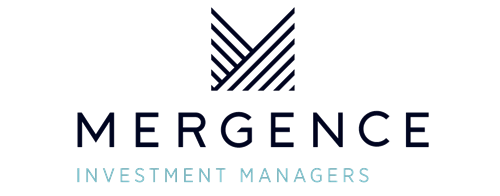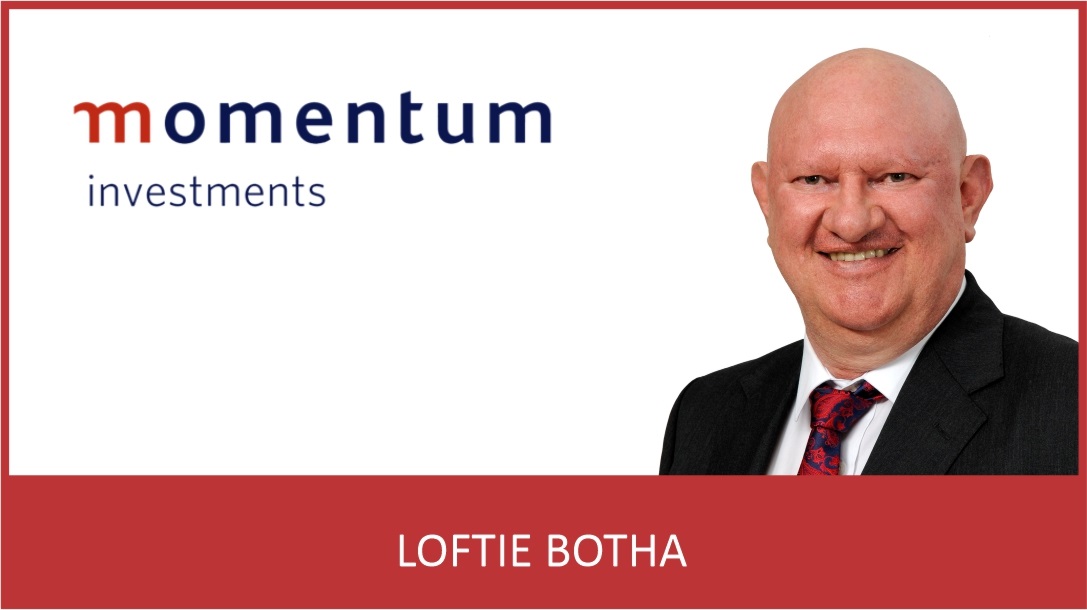Loftie Botha, Head of Systematic Strategies, Momentum Asset Management
Smart beta is no longer a niche idea — it’s a fast-growing segment of the investment universe that’s transforming portfolios. Positioned between traditional portfolio management and passive indexing, smart beta delivers the best of both worlds: the potential for superior returns with greater consistency and at significantly lower cost.
At its core, smart beta is a rules-based investment approach that captures the performance of proven style factors such as momentum, value, and quality. It removes emotion, reduces fees, and brings discipline to decision-making — all while targeting outperformance.
The global uptake reflects its growing relevance. In the US, money in smart beta exchange traded funds (ETFs) have more than doubled in recent years. In South Africa, smart beta unit trust assets have grown nearly three times faster than traditional general equity funds. With cost pressures rising and clients demanding more for less, smart beta is fast becoming a strategic necessity.
A smarter view of beta
Classical finance theory held that share price returns stem from two components: overall market exposure (beta) and company-specific drivers. Over time, however, decades of research uncovered additional sources of return — known as style factors (also referred to as smart beta factors) — which have demonstrated consistent behaviour across time and regions.
Smart beta strategies systematically capture these style factors using objective, transparent rules. This delivers the cost efficiency of indexing, while targeting the return potential of traditional active management — all with minimal human bias.
Let us look at the three most widely used factors in smart beta portfolios.
Momentum (Trending): Riding the winners
Momentum, also called Trending, is based on a simple but powerful idea: “cut your losses and let your profits run.” Investors often “anchor” to outdated information and therefore react slowly to new developments, before exhibiting herd behaviour by following market leaders once a trend becomes clear.
Smart beta momentum strategies exploit this behavioural pattern by systematically selecting stocks that exhibit strong price and earnings momentum.
Value: Hunting for a bargain
Value investing focuses on buying companies trading below their intrinsic worth — often the result of market overreactions to negative news, cyclical downturns, or shifting investor sentiment. Stocks can become temporarily unloved, even when the underlying business remains sound. As Warren Buffett famously said: “Price is what you pay; value is what you get.”
These dislocations between price and value can be identified using indicators such as dividend yield, price-to-book, cash flow yield, and price-to-sales ratios. While value strategies often require patience, history shows that prices tend to revert toward fair value, rewarding investors who stay the course.
Quality: The company you would like to keep
Quality investing is rooted in the belief that well-managed companies tend to outperform over time.
When quality is embedded in a company’s DNA, it becomes evident in profitability and stability metrics. Profitability indicators — such as return on equity (ROE), return on assets (ROA), operating margin, and asset turnover — reflect how effectively a company converts its resources into earnings.
Those earnings must also be stable and repeatable. That requires prudent financial reporting and a strong balance sheet, which often translates into relatively steady share price performance — marked by low beta and lower volatility.
Companies that score well across these dimensions are more likely to deliver consistent, superior earnings growth, which in turn supports attractive long-term investment returns.
Blending styles for a smoother return path
Each style factor behaves differently across market cycles, and blending them creates a more stable return profile.
Diversifying across multiple style factors offers greater risk reduction than simply holding several traditional equity funds, which often share similar exposures and behave similarly under pressure.
This makes smart beta particularly effective within the core of a well-diversified portfolio, where advisers can combine factor-based and passive investments (systematic investments) to manage cost and volatility without sacrificing return potential. Around this systematic core, a select mix of actively managed satellite funds can be added to capture non-factor-related alpha opportunities.
As markets grow more complex and clients more cost-conscious, smart beta offers a disciplined, transparent, and cost-effective solution for portfolio construction. With a strong empirical foundation and growing real-world traction, it’s no longer just a strategy — it’s becoming a smart, indispensable inclusion in any future-ready portfolio.
ENDS

























































































